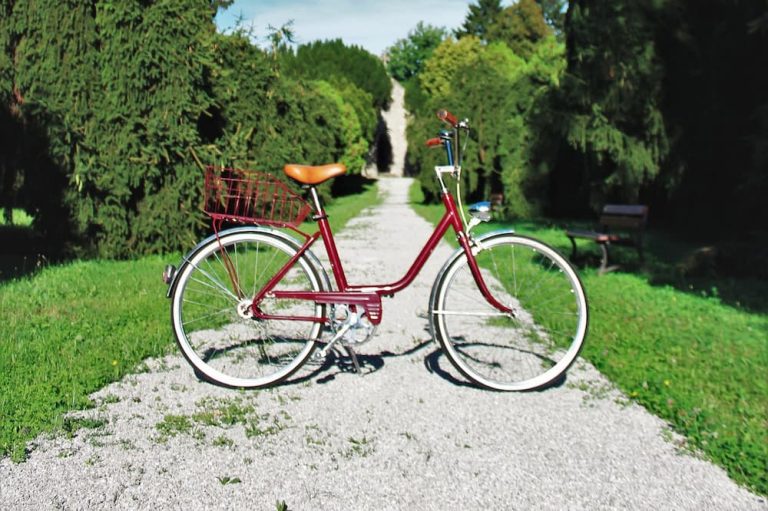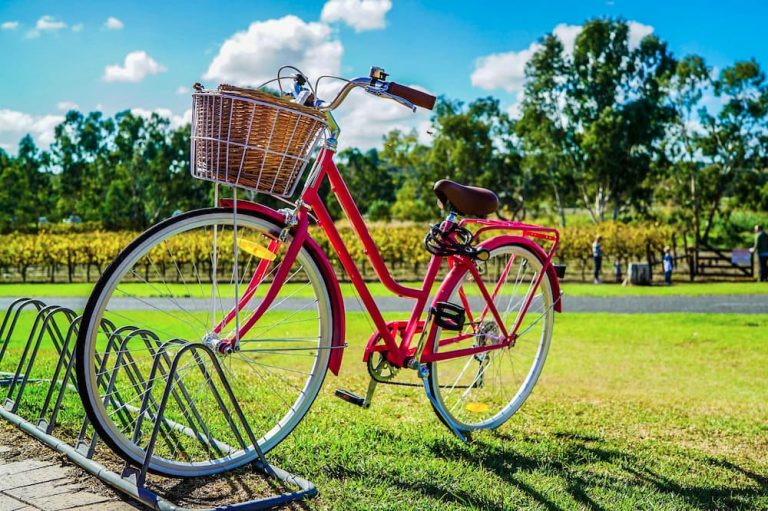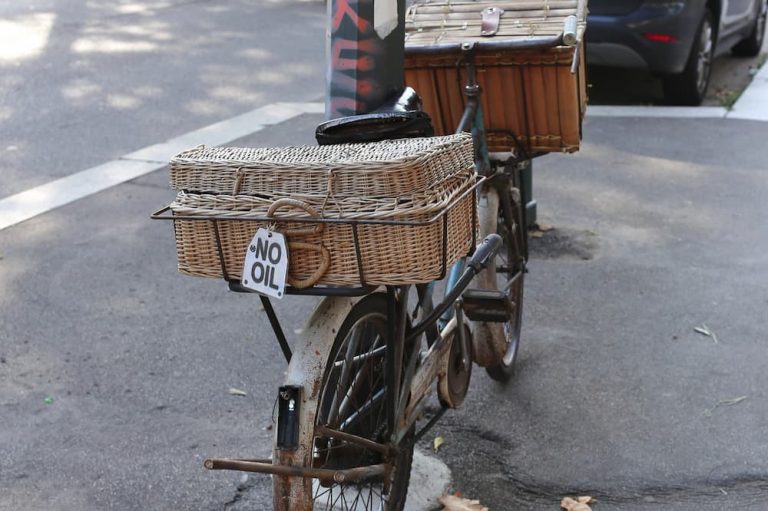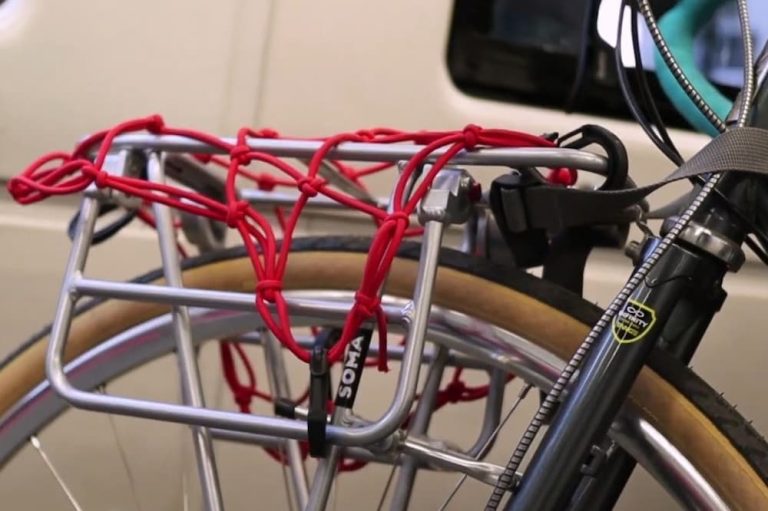Front Bike Basket vs Rear Bike Basket – The Feature Comparison
Bike baskets are a crowd pleaser when cyclists need to transport something. Got a puppy you need to take to the vet? Want to transport your groceries from the supermarket to your home? Laptops, gadgets, bike accessories, or flowers.
Whatever you want to transport while you pedal, a bike basket is an ideal carrier for you.
But what puzzles us bikers is the question of which type of basket to choose. The front vs rear bike basket debate has been around for a while, and we’re here to put your opinion on the discussion in perspective.
Which you prefer depends on a few important factors. Many focus on safety while riding, while others choose the mounting method that makes their bikes light and easy to steer.
Before deciding which is better, let’s analyze each bike basket type in detail.
Contents
Front Bike Basket – Quick Introduction

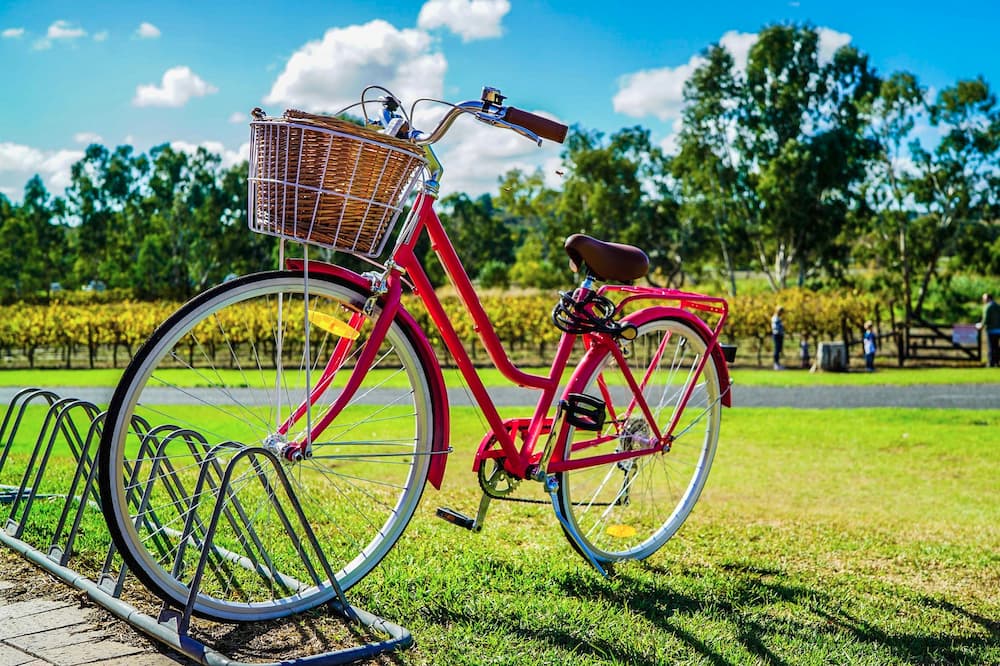
Front bike baskets are already a classic and the more popular of the two options. That means if you’re comparing which basket is used the most, front baskets are the first choice.
We’re sure you’ve seen a cyclist delivering flowers in one of these baskets or a rider stowing their work gear in another. The front baskets are so popular and preferred by many because of the ease of use of these baskets.
Read more: Best Front Bike Basket Reviews & Buying Guide
Rear Bike Basket – Quick Introduction
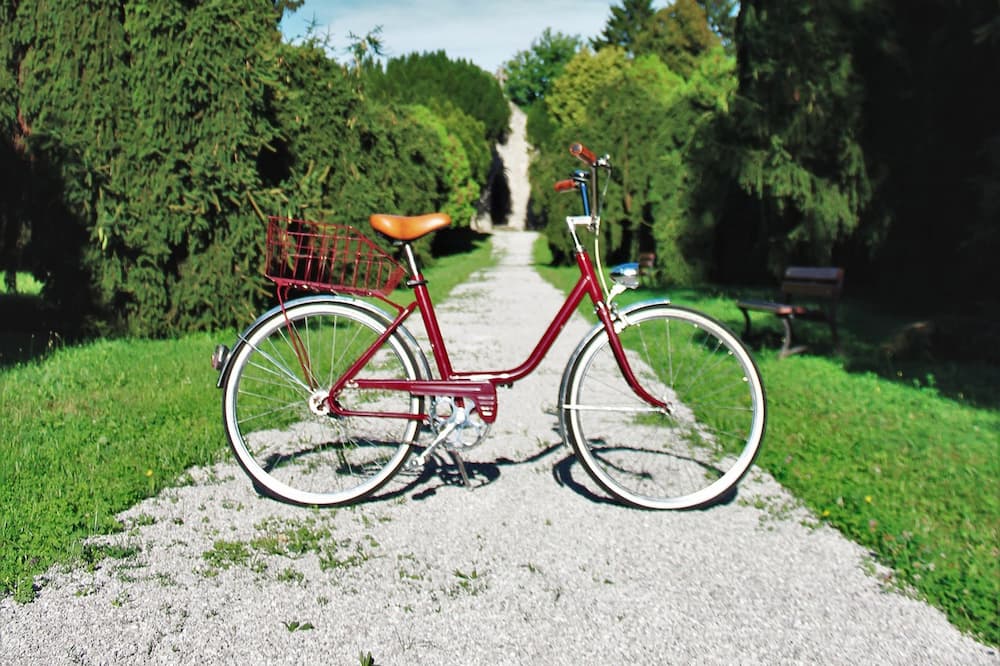
As the name suggests, rear bike baskets differ from front baskets primarily in their positioning on the bike. Rear baskets mounted on the back of the bicycle have recently gained popularity, especially with e-commerce companies facing larger deliveries daily.
Although cyclists who don’t need to carry larger loads are more likely to use front baskets, there are numerous reasons why rear bike baskets are the first choice for many.
Read more: Best Rear Bike Basket Reviews & Buying Guide
Attachment
The ease of attaching baskets is essential to most people because it saves or wastes time. Here you can see how each basket is attached.
Front Basket
The attachment systems of these baskets, especially the newer ones, have a quick-release system that snaps onto the handlebars in seconds.
This is another advantage enjoyed by bikers who use front baskets. A few front baskets may also have an integrated bracket and hooks.
Rear Basket
Many bike baskets have a unique mounting system called the MTX QuickTrack and wheels that make installation a simple affair. Some metal rear baskets also have clamps that can be quickly released. Two-sided rear baskets also have an S-hook for attachment.
If you want a woven basket, a wooden crate basket, or a metal basket without clamps and clips, you’ll need a bungee cord and rack straps to secure the rack in place. Since this is extra work and can take a while to attach and detach the bike rack, many opt for the time-saving and straightforward quick-mount seatpost system.
Mounting Methods
Handlebars, rear rack, seat post. You may not want an obstruction to your forward view, just like some don’t want anything on the rack of their bike. Also, the mounting of baskets front and rear is different.
Front Basket
The front bike basket is simply attached to the handlebars, as you may have guessed. Since there are no cords, rack straps, or additional ties involved, front baskets are just as easy and quick to remove as they’re to hook onto the handlebars.
However, not all baskets should be attached to the handlebars of your bicyle. Some baskets attach to the front fork of your bike.
Rear Basket
The mounting system of the rear bike baskets is that the basket is attached either to the rear rack or to the seat post. When you buy rear basket, you’ll find that some of these baskets have integrated luggage racks, making them easier to fit on a bike without a rack.
A rear rack basket is mounted using clamps, nuts, and bolts to secure the position of the basket on the rack.
Read more: Best Front Bike Rack Reviews & Buying Guide
Size
Front and rear baskets can also differ in size. Depending on how big they’re, you need to choose the basket that will fit on your bike.
Front Basket
Another big difference between front and rear baskets is the size of the baskets. This, in turn, determines the use of the carrier basket itself. This also means that the front baskets are more suitable for smaller or more petit items due to their smaller size.
Rear Basket
These baskets are larger and deeper. Even with heavy loads and full baskets, you don’t have to worry about breaking parts of your bike. Unlike front baskets, which attach to either the front wheel or handlebars, most rear baskets are much deeper. They have a broader base with a large capacity.
Capacity
If you want to carry something on your bike, you must know the capacity of each basket.
Front Basket
The design of the front basket ensures that the center of gravity of the baskets is better distributed, so there’s more space and capacity. However, if you mount a basket on the handlebars, you need to ensure that the handlebars can support the weight.
You can carry multiple loads stacked up one after another, but you need to ensure your handlebars are sturdy enough.
The baskets themselves weigh about 1 to 2 pounds, but depending on the size of the basket, they can carry a maximum of 5, 10, or 15 pounds.
Rear Basket
The real advantage we need to highlight in this comparison between the front and rear bike baskets is the capacity and size. Also, rear baskets have an average capacity of 100 lbs or more.
This incredible capacity allows you to carry more food, gear, and even heavier items like books in the back of your bike.
Price
The price of the front and rear baskets is a selling point for most users. Here’s a comparison of which is more expensive than the other.
Front Basket
Front baskets, whether wire or wicker, are much cheaper.
Prices range from $15 for a simple model to $35 for the more modern baskets with quick release.
Rear Basket
While we love the size and incredible capacity of rear baskets, we’ve to warn you that rear baskets can be much more expensive.
Because they’re designed for heavier loads, the materials, mounting system, and construction drive up the cost. On average, the price of the rear bike basket can start at $30, but the more efficient and secure baskets can cost you anywhere from $70 to $80.
Design and Materials
The design and type of baskets vary, and depending on the design and material of the basket, the use of these baskets also varies.
Front Basket
Most front baskets have a wide bottom and a large basket depth. In addition, you would find a clipping, strapping or clamping system in the form of straps, hooks, or even mechanical clips or clamps.
One of the more classic versions of the front basket is the steel net with a fastening system. The steel in these baskets is covered with a plastic layer that makes it weatherproof.
To allow bikers to carry them, these steel mesh handlebar baskets are perfect for carrying in your hand while you park the bike, thanks to the extra handle.
Another common front basket with the most protection is a bag-like basket with a zippered cover and mesh sides. These weatherproof fabric bags are stylish, roomy, and easily attach to the handlebars.
Another classic is wicker front baskets with cane woven material, mainly used to transfer flowers and pups. These have leather straps and buckles made of brass for a firm grip on the handlebar.
Rear Basket
Similar to front baskets, rear bike baskets come in a variety of designs to suit the bike and the biker’s transportation needs. One of the most popular designs that many bikers are interested in is the trolley-style bike basket that attaches to the rear rack using the QuckTrack attachment system, two wheels, and a small handle.
The great thing about these bike baskets is that they’re completely foldable, so you don’t have to lug around an empty basket when you don’t need it.
Another type has a metal construction with mounting legs and clamps. These are easy to assemble and easy to attach or detach. You can further strengthen the security and wiggle of the bike basket, if any, with additional straps and cords.
We especially like the two-sided baskets that sit on top of the rear rack, but the carriers are positioned on both sides of the rack. They’ve bungee plus hooks for attachment and metal hooks.
They also fold completely, making your bike much more versatile. Bikers prefer to attach the bags to the rear rack and unfold them when needed. The double-sided bags are made of fabric, mesh materials, and woven materials to keep the basket’s weight as low as possible.
Problems
Along with the myriad benefits of front and rear baskets, there are also a few drawbacks you should be aware of.
Front Basket
One of the main problems users face with front bike baskets is the difficulty of controlling the handlebars.
Since most of the weight is on the handlebars, you’ve to exert more effort, which becomes a risk when making fast turns.
Not all bikes come with the most robust handlebars. This also means that bikers shouldn’t carry too much load on the front baskets, as this can damage the handlebars and cause steering problems.
Since the front baskets are already smaller than the rear ones, limiting the load also makes the capacity much smaller. For safety reasons, larger boxes and cartons shouldn’t be placed in the front basket.
Rear Basket
There are problems with rear bike baskets, although they’ve incredible advantages. One of the problems is that it can be difficult and time-consuming to mount and attach these baskets to the rear rack.
Since most cyclists prefer rear rack baskets or seat post baskets for carrying bigger loads, you need to be careful not to exceed the capacity of your rack. This requires more planning than you might imagine.
Many people feel that the bike gets much heavier with a rear rack, and they’ve to put more effort into pedaling. Sure, it’s a great workout, but you can also overexert yourself just to run errands.
Plus, you’d have trouble balancing the bike and handling the total weight of the load along with the cycle if you have a bike rack that sits higher.
So, to safely accommodate a rear bike rack, you’ll need to place the rack or basket lower to the ground. Otherwise, you run the risk of steering problems and an imbalance. I recommend two side bike bags on the rack to balance the weight so you don’t sway or tip over while riding.
Front Bike Basket vs Rear Bike Basket: Which is Better?
If you are looking for a definitive answer to the question of which is better, a front bike basket or a rear bike basket, the answer is simple. It depends on a few factors.
First, it depends on what type of bike you ride. For regular cycles, the better the weight is distributed, the better. It’s best if you carry the light load on both sides, or you can carry your groceries in the front basket and a little in the pannier.
A rear basket is a better option if you have a touring bike. Bikes like these or with laden perform well if they’ve some load on the back.
Regardless of what bike you ride, too much load in the front basket would degrade the steering. However, with a few rides and a little practice, the steering problem will become less noticeable, though not certain.
If you have heavier, loaded baskets to carry, the rear baskets are the better option. If you value safety and need to keep an eye on your basket full of belongings the whole time you’re pedaling, front baskets are for you.
Final Thoughts
The topic of front basket vs. rear basket is an interesting one in the world of basket-loving bikers. Baskets look stylish, esthetically pleasing, and classy.
With so many different styles, materials, and simple mounting systems, bikers today tend to prefer the simplicity of baskets.
Heavier loads are meant for the rear bike baskets, but flowers, light groceries, and small accessories go well with the front baskets. No matter what you choose, make sure to keep your balance while cycling.

![Best Rear Bike Rack Reviews & Buying Guide [Updated For 2023]](https://www.statecyclist.com/wp-content/uploads/2021/11/white-bicycle-with-rear-bike-rack-768x512.jpg)
